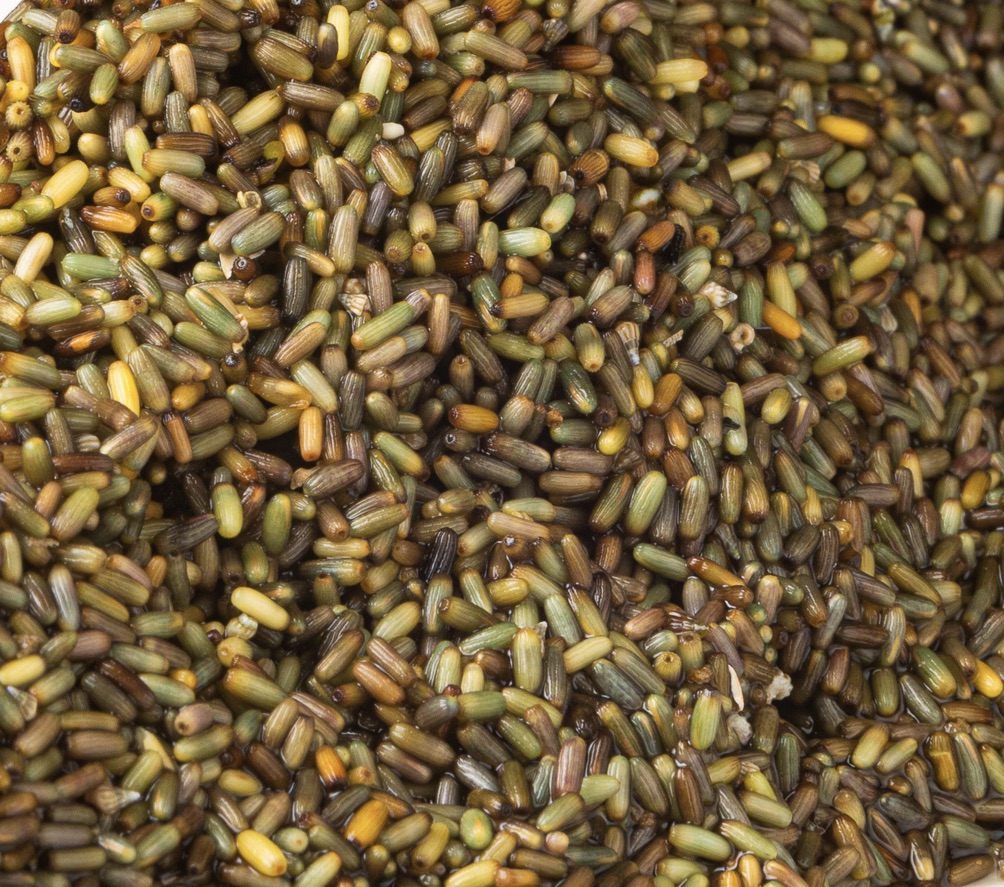Aponiente – positioning sea rice as a superfood
Aponiente has discovered that eelgrass, a marine plant, can produce edible rice-like grains while capturing carbon 35 times more effectively than tropical rainforests.
For more than a decade, the award-winning restaurant Aponiente and its celebrated Chef, Ángel Léon, have been researching new foods from the sea. In 2017, Aponiente conducted a study that revealed the feasibility of Zostera marina for human consumption. The marine plant, also known as eelgrass, was found to be highly nutritious, with twice the protein content of ordinary rice, even containing Omega 3 fatty acids, a first for a cereal. Zostera marina grows naturally in coastal regions of Europe. It plays an important role in marine ecosystems by retaining sediment and creating breeding habitats for fish. Eelgrass populations are now in decline due to human activities such as dredging and trawling that adversely affect the species. Aponiente has set up experimental cultivation areas in southern Spain’s Bahia de Cádiz Natural Park, developing systems for planting, cultivating and harvesting the plants. These unique ocean gardens restore marine environments and produce “sea rice”, a marine crop that does not require fertilizers or chemicals as the circulation of seawater provides everything the plants need to grow.
Chef Léon and his team believe that continued research into this marine grain is important to unlocking potential solutions that could mitigating the effects of climate change. According to the World Wildlife Fund, seagrass captures carbon up to 35 times faster than tropical rainforests and, even though it only covers 0.2% of the seafloor, it absorbs 10% of the ocean’s carbon each year. Zostera marina is also more productive and profitable than land-based grains, leading Aponiente to conclude that it can generate economic wealth for depressed costal zones. Marine grains could potentially become an alternative to rice, a crop that produces significant amounts of methane, a greenhouse gas more than 30 times as potent as carbon dioxide.
